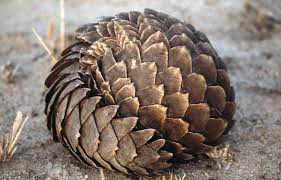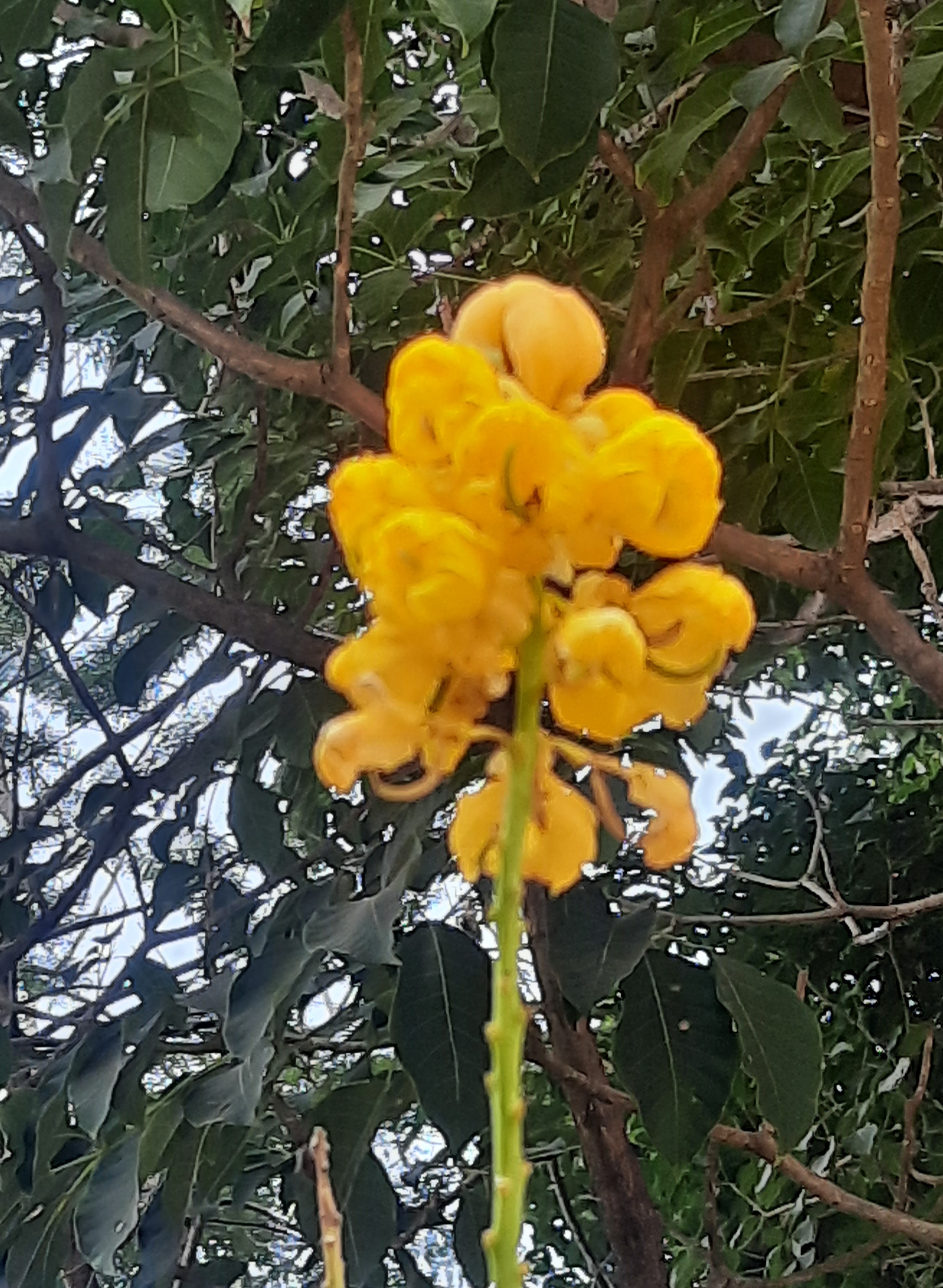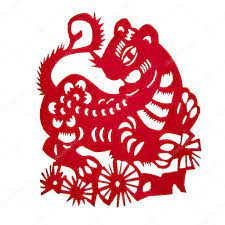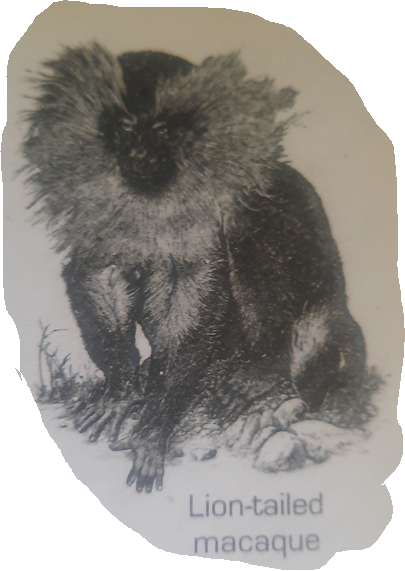Recently I read the memoirs of a member of a wealthy and renowned family of Gujarat. The author describes how when she was a young girl, her family used travel to Europe, and even spend considerable time living in England. This was in the early 1900s when not many Indian families did so. She also recalled that when the family returned from England, they brought back with them two English nannies. She remembers that in addition to being instilled with all the polite and proper English manners, the regimented life that she and her siblings led under the nannies; there were even allocated times when they could meet their parents.
While ‘nannies’ have had a long and characteristic role in English literature, it was interesting to read an Indian experience of English nannies.
Coincidentally, the same week I read a very interesting account of the Indian nannies or ayahs as they were called, in the colonial period. Ayahs were essentially nannies from colonial India and other parts of Asia who were charged with looking after the children of English families in India. The practise probably began with the large numbers of British who came to India to work in different capacities under the East India Company. While most of these came from ordinary families, and were not very highly paid, the cost of living in India was so low as compared to England, that here they could afford to live luxurious lives, supported by a retinue of servants. The ayah who provided round-the-clock child care was an important part of this support system.
When the families returned home, it was common for them to take back the ayahs, especially to continue their duties during the months-long sea voyage back. But these ayahs were most often taken without any kind of formal contract or understanding about their terms of employment. And as the history indicates, many of these ayahs were dismissed or simply abandoned by the English families once they reached England. The employers often did not even arrange or pay for their return passage home. Several were ill-treated and abused by their employers. The ayahs, many of them young girls themselves, were literally thrown out on the street, with no money, employment nor place to stay. There was often no record of these women, even on the ship’s manifest, they were not listed by name, but only as ‘nanny’ of the family.

At one stage in the mid-1800s there were a considerable number of such homeless and helpless ayahs (and Chinese amahs) in London causing concern, especially among Christian charities. This led to the founding of what was called the Ayahs’ Home in 1825. Set up by the London City Mission, the house provided a refuge for abandoned or ill-treated ayahs. The ayahs stayed there until they could find alternate work, or find their return passage home. There was an interesting arrangement whereby the family that brought the ayah from India would pay the cost of the return fare to the Home, and the same would be sold to a family returning to India who would take the ayah back. There was on average 100 ayahs living in the Home, for varying periods of time.
The original Home moved to another location in 1900 and once again in 1921 to what remained its location at 4 King Edward Road in Hackney. The Ayahs’ Home became an important landmark. It was the only such institution in Britain with a named building. Over time its history began to be forgotten.
In 2018 Farhanah Mamoojee a young British woman of Indian descent discovered, by chance, some stories about ayahs, and tried to find out more. She was fascinated to discover that she lived not far from the building in Hackney that used to be the Ayahs’ Home, but there was no signage indicating this, nor information available about the site. She made it her mission to draw attention and bring recognition to ayahs who were part of British history. She started the Ayahs’ Home Project through which she started collecting untold stories about the forgotten and often ‘nameless’ ayahs; and organising events with a spotlight on this little known group. She also started a campaign to petition for the building to be awarded a Blue Plaque. A Blue Plaque is a permanent sign installed in a public place in the United Kingdom to commemorate a link between that location and a famous person, event, or former building. Mamoojee felt that the Ayah’s Home needed to be commemorated as the Home symbolized the collective struggles of a group of unrecognised women, and their shared but nearly forgotten histories.
Mamoojee’s efforts have borne fruit. Recently there was news that this year the building will be honoured with a Blue Plaque.
Ayahs may have been part of colonial history, but even today there is a new stream of domestic helpers from India and South and South East Asia being taken abroad to work for rich employers. And every now and then one hears disturbing stories of them being ill-treated by the employers, and being helpless and stranded in a foreign land. Perhaps there is as much need for a safe refuge for these indispensable, but often callously treated women as there was two hundred years ago.
–Mamata







